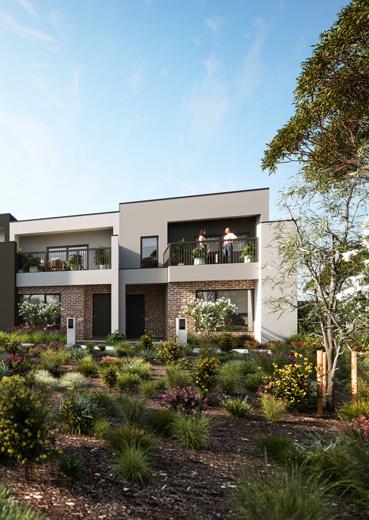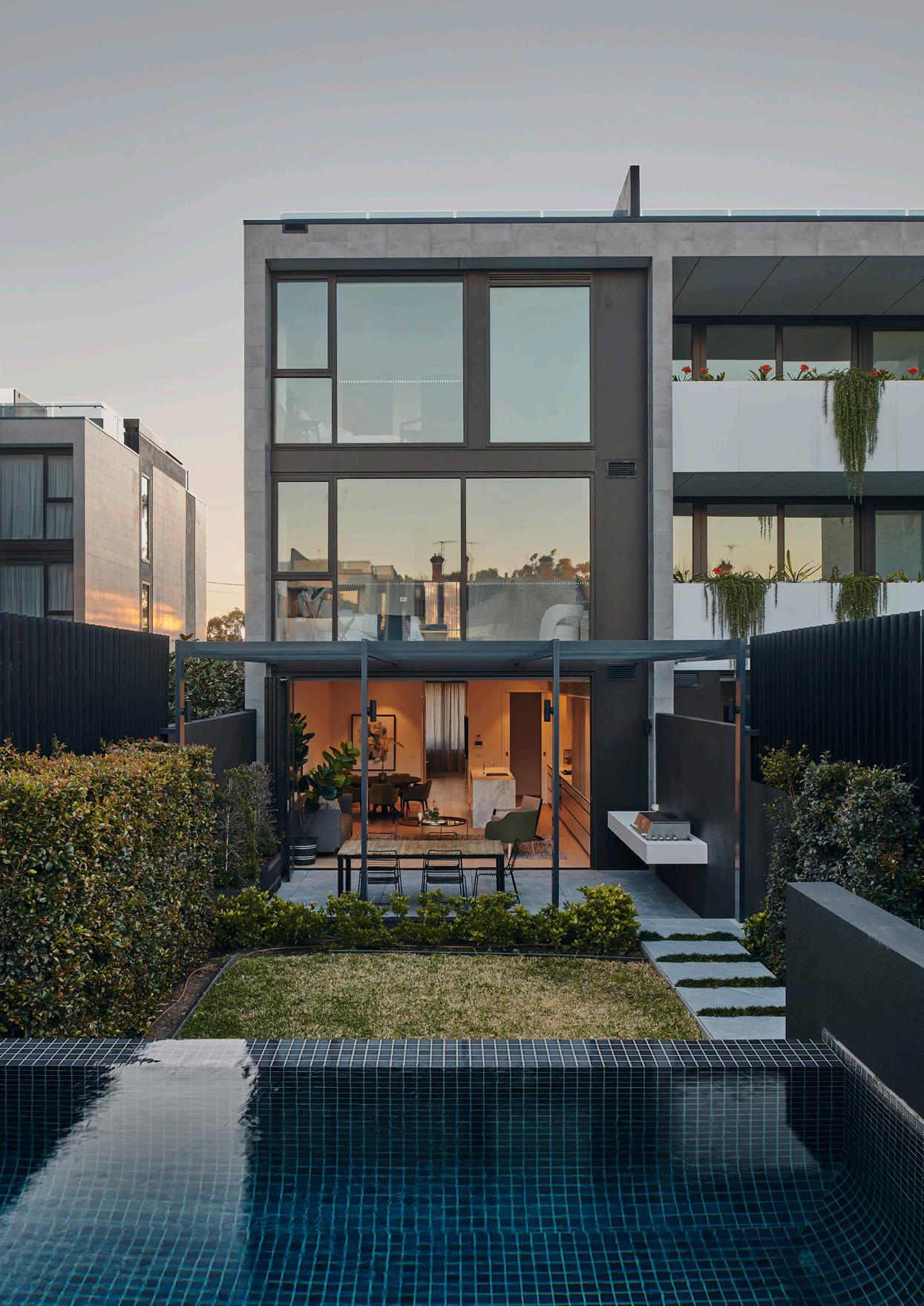
2 minute read
Apartments and Townhouses
2.3
Apartments and Townhouses
Apartments
One of the major trends throughout the pandemic has been the surge in buyer demand for detached dwellings (houses).
The surge was partly due to shifting preferences with many buyers choosing to build new houses in both metropolitan and regional greenfield locations.
However, record low interest rates and government incentives also allowed many purchasers to buy larger dwellings.
In turn, the industry was able to respond quickly, ensuring supply could be brought to market.
Market activity in higher density markets was much different.
High-density (apartment) markets were heavily impacted by COVID-19 and, especially, the closure of international borders.
As a result, vacancy rates increased and apartment prices (and rents) have generally lagged trends in the broader market.
Some sub-markets, especially those in the inner suburbs of large capital cities, even experienced declines in price and rents initially and continue to experience only a relatively modest rebound.
For example, the Real Estate Institute of Victoria (REIV) reports that unit and apartment prices for metropolitan Melbourne edged higher in the September quarter 2021 (up 0.4%) to be 5.6% higher on an annual basis. However, overall prices were dragged down by softer conditions in the inner Melbourne market (0-10 km from the CBD) where unit and apartment prices rose by only 2.6%.
In contrast, unit and apartment prices in the middle Melbourne (10-20 km) and outer Melbourne (20+ km) markets are up 6.8% and 10.1%, respectively, over the year.
The apartment market is, however, steadily improving.
Buyers are increasingly active in securing competitively priced apartments - especially when compared to detached housing which has experienced significant capital appreciation.
Apartment tenant demand also appears to have stabilised, overall, with many tenants capitalising on the rare opportunity to lock-in good rental deals.
It will take some time for new apartment stock to be brought to market with leading indicators of new supply in the pipeline, such as approvals, remaining relatively subdued (although above recent troughs).
This is in contrast to the detached housing sector which saw new supply surge due, partly, to the HomeBuilder incentive.
Apartment market fundamentals are expected to gradually improve as international borders are reopened.
2.3
Apartments and Townhouses
Townhouses
Over the last few years townhouse have become increasingly popular.
More recently, throughout the pandemic, this trend has continued and demand for townhouses has remained strong.
A key reason has been affordability.
Townhouses allow buyers to purchase a landed product at, generally, a more competitive price compared to detached housing.
Another reason has been the continued evolution of the townhouse market with new stock offering new, flexible and modern designs suitable for a diverse range of buyer groups (including upgraders, downsizers, first home buyers, families, couples and investors). Detached housing has becoming increasingly out of reach for many buyers with prices rising throughout the pandemic and reaching record highs.
This had made townhouses even more popular, including especially for first home buyers (looking at entering the market) and for downsizers (looking to stay in the same location).
Post-pandemic, townhouses are likely to become even more popular for many buyers as they seek value for money, a good location (close to amenities and transport) and the latest designs suitable for modern living.
National dwellings approved, by building type, seasonally adjusted
17,500
15,000
No. of dwellings approved 12,500
10,000
7,500
5,000
2,500
Aug-06 Aug-07 Aug-08 Aug-09 Aug-10 Aug-11 Aug-12 Aug-13
Private sector houses Private sector dwellings excluding houses Aug-14 Aug-15 Aug-16 Aug-17 Aug-18 Aug-19 Aug-20 Aug-21
Source: ABS.





